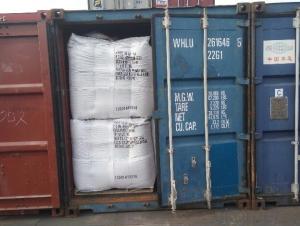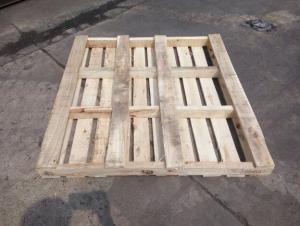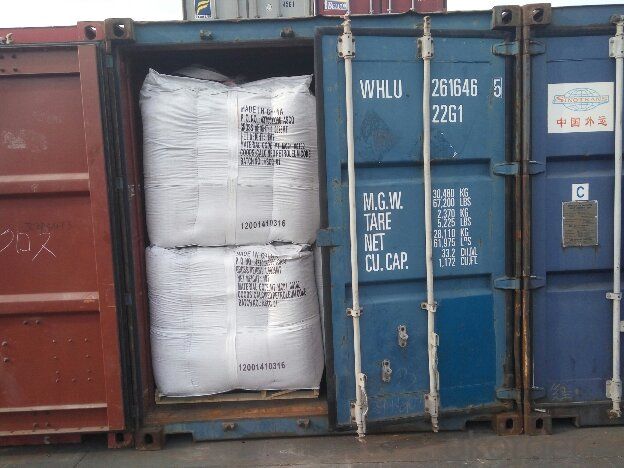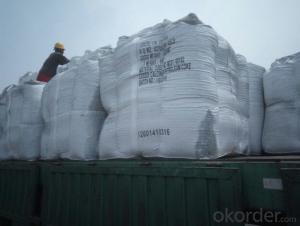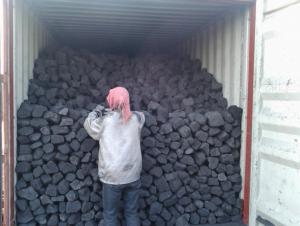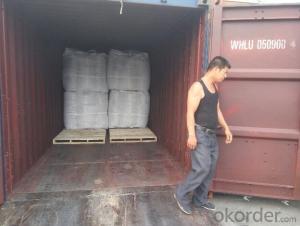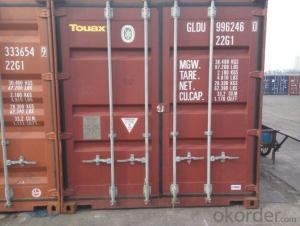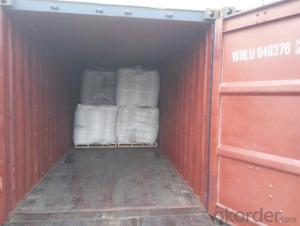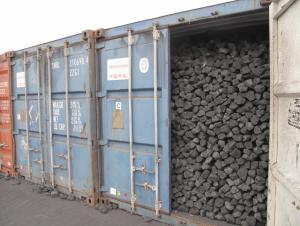10% Ash Foundry Coke for Foundry company with S 0.6%max
- Loading Port:
- Shanghai
- Payment Terms:
- TT OR LC
- Min Order Qty:
- 20.7
- Supply Capability:
- 1007 m.t./month
OKorder Service Pledge
OKorder Financial Service
You Might Also Like
Brief Introduction
Foundry Coke is the main fuel of melting iron in the oven. It can melt the materials in the over, make the iron reach great heat, and keep good air permeability by sustain stock column. Thus, the foundry coke should have the characteristics of big block, low reactivity, small porocity, enough anti-crush strengh, low ash and low sulphur.
The coke handled by our cooperation is made from superior coking coal of Shanxi province. Provided with the advantages of low ash, low sulphur and high carbon. Our coke is well sold in European, American, Japanese and South-east Asian markets. Our owned Coke plant are located in Shanxi Province and supplying of you many kinds of coke.
we supply Foundry Coke long-term, its characteristic is best strength, low sulfur and phosphorus,thermal stability.
Specifications:
ASH % | 8% max | 10% max | 12% max |
V.M.% MAX | 1.5% max | 1.5% max | 2% max |
SULFUR % | 0.65% max | 0.65% max | 0.7% max |
MOISTURE | 5% max | 5% max | 5% max |
Size | 80mm-120mm,80-150,100-150mm, or as request | ||
Features
1. Our quality is always quite good and stable which is producing and packing according to customers' requirements.
2. Putting Client profile into first, achieved mutual benefit.
3. Good partner on business. It's a good and wise choice for customers' to purchase from us. It's our great honor to cooperate with you.It is more and more widely-used
4. We can supply documents as follows:
- bill of loading,
-Invoice,
-Packing List
-Insurance
-standard inspection pictures of the container as specified by INSPECTORATE
-or more requested by buyer.
Pictures
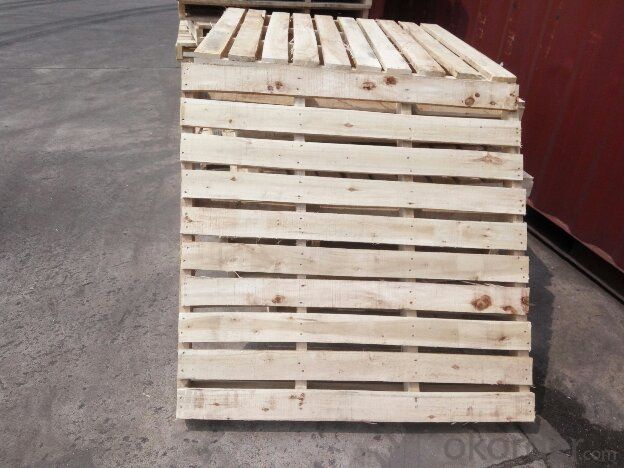
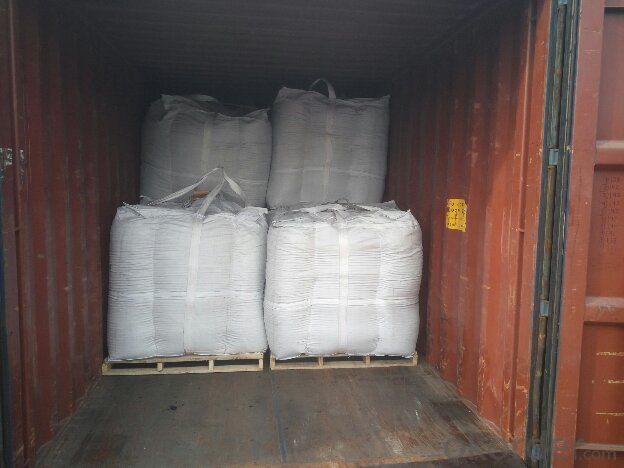
FAQ
1. What is the packing?
In 25kg bag/ In jumbo bags without pallet/ Two jumbo bags with one pallet/ or as customers’ request
2. What is the production capacity?
10 thousand tons per month
3 What is payment term?
Irrevocable LC at sight/ 20% down payment by T/T and 80% against BL copy byT/T/ or to be discussed
4 What is the service?
We will send sample to the third party(CIQ, CCIC, SGS,BV or to be discussed) for checking, and present the test certificate and loading repot of shipment.
- Q: How does carbon affect the formation of acidification in lakes?
- Carbon dioxide (CO2) plays a significant role in the formation of acidification in lakes. When carbon dioxide is released into the atmosphere through various human activities, such as burning fossil fuels, it can be absorbed by water bodies like lakes. This absorption leads to the formation of carbonic acid (H2CO3), a weak acid. Carbonic acid dissociates into hydrogen ions (H+) and bicarbonate ions (HCO3-) in water. The increase in hydrogen ions causes a decrease in pH levels, making the water more acidic. This process is known as acidification. Acidification in lakes can have detrimental effects on aquatic ecosystems. It affects the physiology and behavior of many species, including fish, amphibians, and invertebrates. Acidic waters can also damage the eggs and larvae of these organisms, hindering their growth and survival. Additionally, acidification can alter the composition and abundance of phytoplankton, which are crucial for the overall health of the ecosystem. High levels of acidity can also lead to the leaching of toxic metals, such as aluminum, from the surrounding soil and rocks. These toxic metals are then dissolved in the water, posing an additional threat to aquatic organisms. Acidification can also disrupt the nutrient cycles in lakes, affecting the availability of essential nutrients for plants and animals. In summary, the presence of carbon dioxide in the atmosphere contributes to the acidification of lakes when it is absorbed by water. This acidification has a range of negative impacts on the aquatic ecosystem, including altered physiology, impaired reproduction, and disrupted nutrient cycles. It is crucial to reduce carbon emissions and mitigate the effects of acidification to protect the health and diversity of lake ecosystems.
- Q: What are the impacts of carbon emissions on human respiratory diseases?
- Carbon emissions have significant impacts on human respiratory diseases. The release of carbon dioxide and other greenhouse gases from various sources, such as burning fossil fuels and deforestation, contributes to air pollution. This pollution can lead to the exacerbation of respiratory conditions such as asthma, chronic obstructive pulmonary disease (COPD), and respiratory infections. Additionally, exposure to particulate matter and toxic chemicals emitted from carbon-based industries can increase the risk of developing respiratory diseases and worsen existing conditions. Overall, reducing carbon emissions is crucial to mitigate the adverse effects on human respiratory health.
- Q: What are the applications of carbon nanomaterials in medicine?
- Carbon nanomaterials have a wide range of applications in medicine, including drug delivery systems, tissue engineering, biosensors, and imaging techniques. They offer unique properties such as high surface area, biocompatibility, and the ability to carry and release drugs in a controlled manner. Additionally, carbon nanomaterials can be used for targeted therapy, regenerative medicine, and diagnostic purposes, making them promising tools for advancing medical treatments and improving patient outcomes.
- Q: How is carbon used in the production of paints and coatings?
- Paints and coatings utilize carbon in various ways. To begin with, carbon black, a commonly used pigment, adds color and opacity to these products. It is produced by controlled burning of natural gas or oil, resulting in fine carbon particles. By intensifying color and increasing durability, carbon black enhances the paint or coating, making it more resistant to UV light and weathering. Furthermore, carbon-based compounds, such as resins and polymers, serve as binders in the formulation of paints and coatings. These binders play a vital role in keeping the pigment particles intact and firmly adhered to the surface being painted or coated. Carbon-based binders are renowned for their outstanding adhesion properties, which contribute to the longevity and durability of the paint or coating. Moreover, carbon nanotubes are increasingly finding applications in the production of high-performance paints and coatings. These cylindrical carbon structures possess exceptional mechanical, thermal, and electrical properties. Incorporating them into paint or coating formulations enhances strength, conductivity, and resistance against corrosion or abrasion. In conclusion, carbon is an indispensable component in the production of paints and coatings. It functions as a pigment, providing color and opacity, as well as a binder, holding pigment particles together. Additionally, carbon nanotubes enhance the performance and functionality of the final product.
- Q: How does carbon dioxide affect climate change?
- Carbon dioxide (CO2) affects climate change primarily through the greenhouse effect. When CO2 is released into the atmosphere, it acts as a greenhouse gas, trapping heat from the sun and preventing it from escaping back into space. This phenomenon leads to an increase in global temperatures, known as global warming, and contributes to climate change. The excessive buildup of CO2 in the atmosphere is primarily caused by human activities, such as burning fossil fuels and deforestation, which have intensified the greenhouse effect and accelerated climate change.
- Q: How is carbon used in the production of graphite?
- Carbon is a key component in the production of graphite. Graphite is a crystalline form of carbon with a unique structure that gives it its distinctive properties. To produce graphite, carbon is subjected to extreme heat and pressure, which causes the carbon atoms to rearrange into layers of hexagonal rings. These layers are stacked on top of each other, forming the graphite's characteristic layered structure. The process begins with a high-quality carbon source, such as petroleum coke or coal tar pitch. These carbon sources are first heated to very high temperatures to eliminate impurities and convert them into a pure carbon material called coke. The coke is then ground into a fine powder and mixed with a binder, usually a form of pitch, to form a paste. This paste is then shaped into the desired form, such as rods or blocks, and subjected to high temperatures in a furnace. The heat causes the binder to decompose and the carbon atoms to rearrange into the hexagonal layers that are characteristic of graphite. The high pressure present in the furnace helps to align the carbon layers, resulting in the formation of graphite crystals. After the furnace process, the graphite is further purified through a series of treatments, including chemical washing and acid leaching, to remove any remaining impurities. Finally, the purified graphite is shaped into the desired final product, such as pencils, electrodes, or lubricants, through processes like extrusion or machining. In summary, carbon is used in the production of graphite by subjecting a carbon source to high temperatures and pressures, resulting in the formation of graphite crystals with its unique layered structure. This process allows for the production of various graphite products that are widely used in industries such as manufacturing, electronics, and energy.
- Q: What is the impact of carbon emissions on agriculture?
- Agriculture is significantly impacted by carbon emissions, with effects seen in both crop production and livestock farming. The primary consequence of increased carbon emissions is climate change, which has the ability to change weather patterns and temperatures. These alterations can disrupt the delicate balance necessary for successful agriculture. The rising temperatures caused by carbon emissions result in increased evaporation, which can diminish soil moisture and hinder crop growth. This leads to more frequent and severe droughts, causing water scarcity and reduced crop yields. Moreover, extreme weather events like floods, storms, and hurricanes become more common, causing extensive damage to crops and farmland. Another outcome of carbon emissions is the modification of atmospheric composition. Elevated levels of carbon dioxide (CO2) stimulate the growth of specific weeds and invasive species, which compete with crops for vital resources such as sunlight, water, and nutrients. This competition ultimately results in decreased crop yields and lower-quality produce. Furthermore, carbon emissions contribute to air pollution, including the formation of ozone. High levels of ozone can harm plant tissues and limit photosynthesis, thus reducing crop productivity. Livestock health is also negatively affected by ozone, leading to decreased growth rates and milk production. The impact of carbon emissions on agriculture extends beyond crop production to livestock farming. Changes in climate and temperature can adversely affect animal health and productivity. Heat stress becomes a significant issue, resulting in reduced fertility, lower milk yields, and increased vulnerability to diseases. Additionally, livestock require sufficient access to water and nutritious feed, which can become scarce due to droughts and heightened competition for resources. In conclusion, carbon emissions have a detrimental impact on agriculture, affecting both crop production and livestock farming. Climate change, altered weather patterns, and increased competition for resources all contribute to reduced yields, lower-quality produce, and decreased livestock productivity. It is crucial to address and mitigate carbon emissions to ensure the sustainability and resilience of the agricultural sector in the face of these challenges.
- Q: What are the different types of carbon-based alloys?
- There exists a variety of carbon-based alloys, each possessing distinct properties and applications. Some of the most prevalent types are as follows: 1. High carbon steel: Boasting a high carbon content, typically ranging from 0.6% to 1.5%, this alloy is renowned for its exceptional strength and hardness. Accordingly, it finds suitability in the manufacturing of tools, knives, and automotive components. 2. Low carbon steel: Commonly referred to as mild steel, this alloy features a lower carbon concentration, generally below 0.3%. Its malleable and ductile nature renders it ideal for applications requiring shaping and welding, such as construction and automotive parts. 3. Stainless steel: A popular choice, stainless steel incorporates chromium, nickel, and other elements. As a result, it exhibits remarkable resistance to corrosion and staining. It is frequently utilized in the production of kitchen utensils, medical equipment, and construction materials. 4. Cast iron: Possessing a higher carbon content, typically ranging from 2% to 4%, this alloy excels in heat retention. Consequently, it finds extensive usage in the manufacturing of cookware, pipes, and engine blocks. 5. Tool steel: Engineered specifically for the fabrication of cutting tools, this alloy generally contains a high carbon concentration, typically between 0.7% and 1.4%. It offers exceptional hardness, wear resistance, and heat resistance. 6. Carbon fiber reinforced polymers (CFRP): These alloys consist of carbon fibers embedded within a polymer matrix. They exhibit lightweight properties, immense strength, and notable stiffness. Consequently, they are highly suited for applications in the aerospace, sports equipment, and automotive industries. As a whole, carbon-based alloys present a vast array of properties and applications, rendering them versatile materials within numerous industries.
- Q: What are the effects of carbon emissions on the stability of peatlands?
- Carbon emissions have significant effects on the stability of peatlands, leading to various environmental and ecological consequences. Peatlands are wetland ecosystems composed of partially decomposed organic matter, primarily consisting of dead plants and mosses. These ecosystems are known as important carbon sinks, storing large amounts of carbon in the form of plant material and organic peat. When carbon emissions, particularly from the burning of fossil fuels, are released into the atmosphere, it contributes to the overall increase in greenhouse gases, such as carbon dioxide (CO2) and methane (CH4). This increase in greenhouse gases leads to global warming and climate change, which have direct impacts on peatlands. One of the primary effects of carbon emissions on peatlands is the acceleration of peat decomposition. As temperatures rise due to global warming, the rate of microbial activity in peatlands increases, resulting in faster decomposition of organic matter. This process releases carbon dioxide and methane, further contributing to greenhouse gas emissions. The increased decomposition can also lead to the subsidence or sinking of peatlands, which affects their stability and can contribute to land degradation. Additionally, carbon emissions can alter the hydrology of peatlands. Rising temperatures can cause increased evaporation and reduced precipitation, leading to drier conditions in peatlands. This can result in water tables dropping below the surface, which inhibits the growth of mosses and the accumulation of new peat. As a result, peatlands become less capable of sequestering carbon and can even transition into carbon sources rather than sinks. The destabilization of peatlands due to carbon emissions has cascading effects on the overall ecosystem. Peatlands provide habitats for numerous plant and animal species, many of which are unique and highly adapted to these specific environments. The drying and sinking of peatlands can disrupt these ecosystems, leading to changes in the composition and distribution of species, as well as increased susceptibility to invasive species. Furthermore, the release of carbon dioxide and methane from peatlands contributes to the amplification of climate change. These greenhouse gases trap heat in the atmosphere, leading to further warming and exacerbating the cycle of peat decomposition and carbon emissions. In conclusion, carbon emissions have detrimental effects on the stability of peatlands, including accelerated peat decomposition, altered hydrology, and disruption of ecosystems. These impacts not only hinder peatlands' ability to sequester carbon but also contribute to climate change, creating a negative feedback loop. It is crucial to reduce carbon emissions and prioritize the preservation and restoration of peatlands to mitigate these effects and protect these valuable ecosystems.
- Q: Carbon Finance: Carbon Finance
- The "Framework Convention" is the world's first comprehensive control of carbon dioxide and other greenhouse gas emissions, the International Convention for the human economic and social adverse effects in response to global warming, a basic framework is also the international society for international cooperation in tackling global climate change on the issue. According to statistics, 191 countries have ratified the Convention at present. These countries are called parties to the convention. The parties to the Convention have made many pledges aimed at addressing climate change. Each party must submit periodic reports, which contain the greenhouse gas emission information of the contracting parties and indicate plans and specific measures for the implementation of the convention. The Convention came into force in March 1994 and laid the legal foundation for international cooperation in dealing with climate change. It was an authoritative, universal and comprehensive international framework. The Convention consists of a preamble and 26 main texts. The Convention is legally binding to control emissions of carbon dioxide, methane and other greenhouse gases in the atmosphere and stabilize the concentration of greenhouse gases from the destruction of the climate system. The Convention differs from the developed countries and developing countries in terms of their obligations and procedures for fulfilling their obligations.
Send your message to us
10% Ash Foundry Coke for Foundry company with S 0.6%max
- Loading Port:
- Shanghai
- Payment Terms:
- TT OR LC
- Min Order Qty:
- 20.7
- Supply Capability:
- 1007 m.t./month
OKorder Service Pledge
OKorder Financial Service
Similar products
Hot products
Hot Searches
